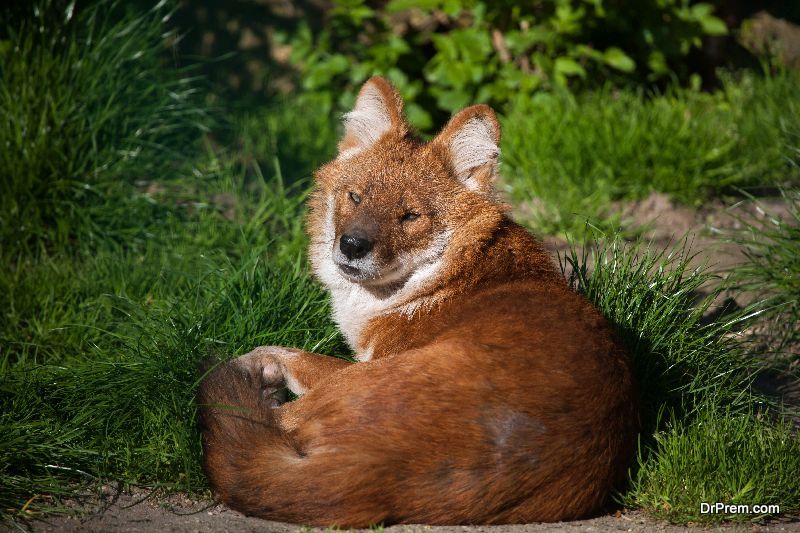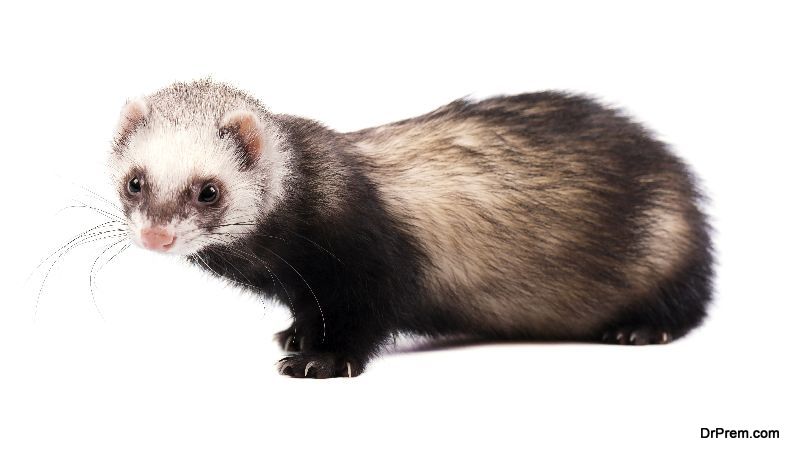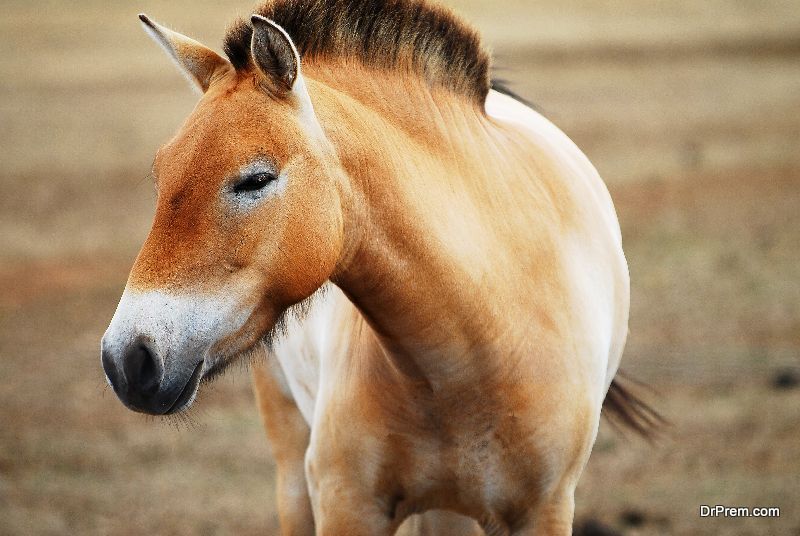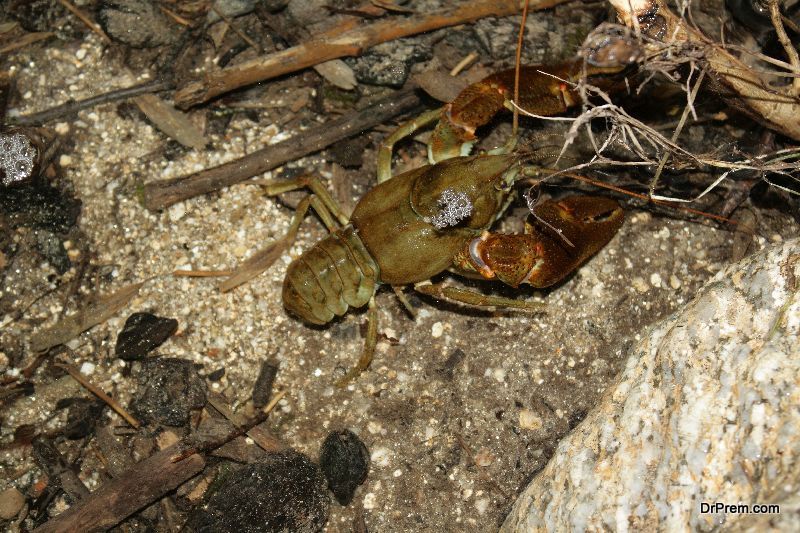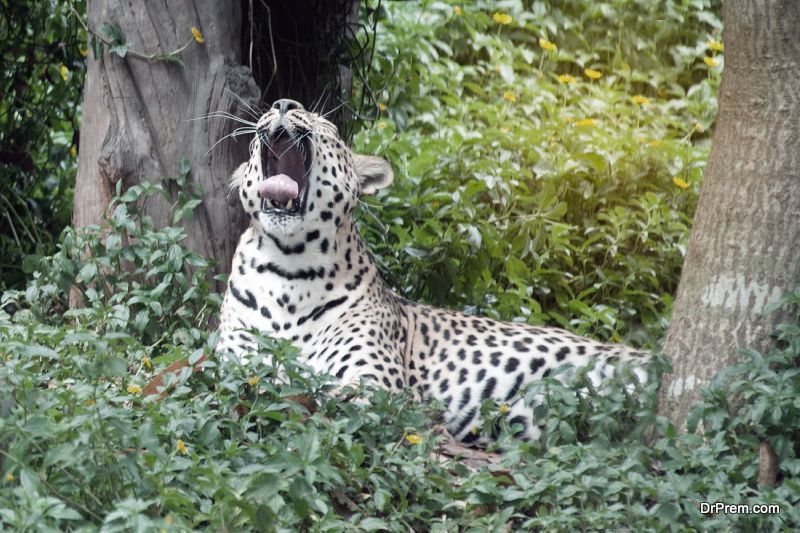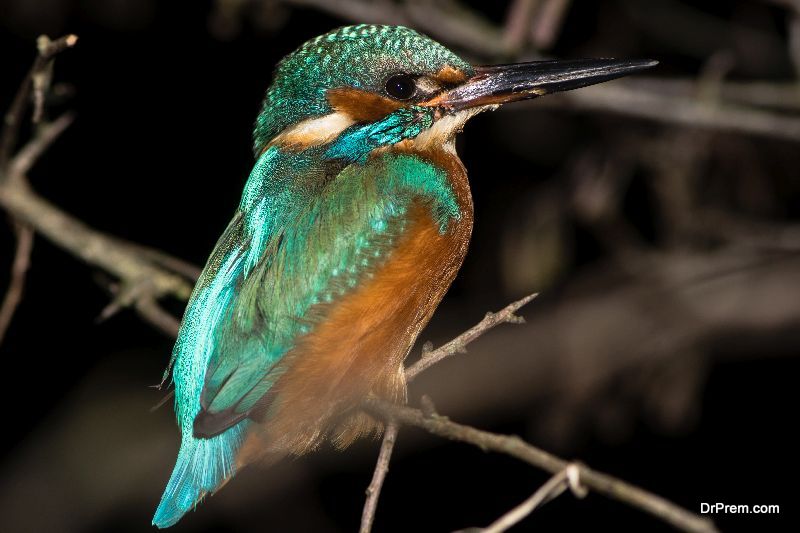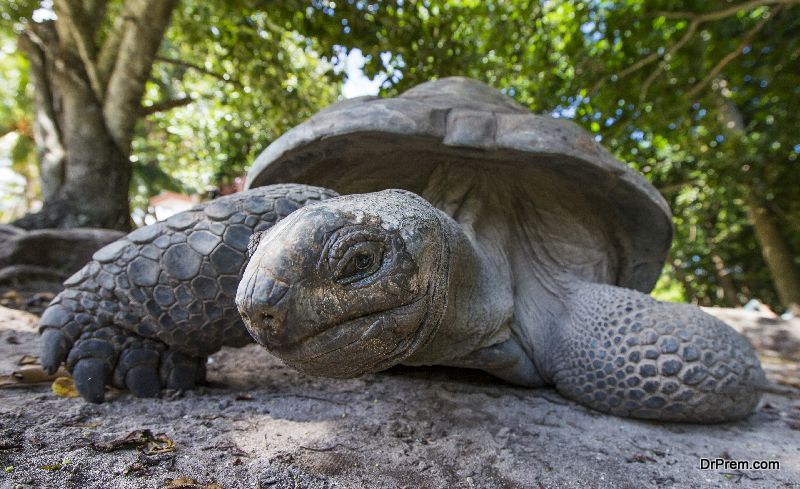Global warming is posing a continuous threat to life on earth, and animals are the worst victims. Forests have shrunk beyond the verge of extreme danger and the animals are cornered. The enormity of human crime has quite for some time been leading to habitat loss for wildlife.
A number of species could have gone into extinction but the untiring endeavor of Zoo biologists helped these species to survive threats of survival. Here we bring you a few animal species that you will find only behind the cages:
- Red wolf:
This is the most endangered wolf species just about to be wiped out from the planet. They went roaming across the southeastern US ages back in large packs but had been mercilessly hunted.
In a joint effort from Point Defiance Zoo and Aquarium and the US Fish and Wildlife Service, a breeding project with just 14 animals of the species was set up prior to declaring them biologically extinct in the wild in 1980. After a successful monitoring in captivity, their numbers have expanded. Currently, over 100 red wolves roam in the wild.
- California condor:
The start of 1970 s saw only 23 of these magnificent birds in the wild when San Diego Zoo and its partners made up firm decision to save the birds from total elimination. They held these birds captive and helped them breed and proliferate in numbers. The efforts of zoologists have led to success. Today, over 200 Condors live in their habitat. Their numbers are expected to increase and this species is showing signs of long-term survival.
- Black-footed ferret:
North American ferrets are native to the soil and it is really tragic how these animal species have lost a foothold in its very home ground owing to purely food-chain disruption. Extermination of prairie dogs across North America has resulted in a decline in wild ferret population.
Since prairie dogs were killed in packs, the ferrets were deprived of their favorite food. Rest of the damage was done by the loss of habitat and outbreak of diseases. Just when everyone started believing this animal has been lost forever, in 1981 they gave us a pleasant surprise, showing up their heads in small surviving packs. The efforts launched by Cheyenne mountain zoo to save this endangered species paid off with nearly 500 animals surviving in the wild presently.
- Przewalski’s Horse:
This horse species once galloped in large numbers across eastern European countries and in North West Asia. Now they are on the verge of extinction. Hunting for game meat, competition for drinking water and habitat loss had been the reasons behind the decline in their population.
Collaboration efforts between Smithsonian Conservation Biology Institute and National Zoo have helped this highly endangered species from being completely vanished from the wild. Today they are found to roam in parts of Mongolia and North West China.
- Arabian Oryx:
Today there exist only a few animals in manmade confinements who were once recklessly hunted and pushed to near extinction. Sincere efforts from the Phoenix and other zoos with grit to check the falling number of Oryx have stopped them from being a thing of the past.
Today more than a thousand of healthy animals roam in the wilds and another thousand are spending a well-fed healthy life in zoos with carefully designed habitat that looks so natural and cozy.
- Corroboree Frog:
They live in the sub-Alpine region of Australia and look cute with a small body painted black and yellow. They had been a pathetic victim of a devastating fungal disease and were destroyed in large numbers.
However, Tauranga Zoo in Sydney has come forward with a message of rescue. They have been quietly breeding a population of Corroboree frogs and helping raise their numbers before releasing them into the wild.
- White-clawed crayfish:
Almost 95 % of the crayfish native to Great Britain has been wiped out due to the introduction of American signal crayfish and the alien disease from them. Alarmed by the sorry state of affairs, the UK zoo authorities designed a program for the collection and captive breeding of the species prior to releasing them to the wild which are safe and disease free.
- Amur leopard:
These are vicious predators known for sheath hunting but sadly enough around 45 leopards survive in the wild today. In the global conservation breeding projects across the world, there exist 220 of these highly endangered predatory feline species. However, their release into the wild is in the planning stage and possibly there will be a phase-wise release under close supervision.
- Micronesian Kingfishers:
This amazingly beautiful bird was a native to Guam and perfectly adapted to its environment. But since World War II all hell broke loose and the birds started vanishing. Much later it was discovered that a brown tree snake introduced by the Guam Government was the culprit. In 1980, ornithologists captured last 29 of the remaining birds, put them in zoos and launched a breeding scheme. By 1988, all the wild kingfishers of Guam were behind cages.
- Pinta Island tortoise:
Galápagos tortoise has a number of subspecies but one subspecies that still survives till now has become famous because it is the only surviving member of its kind. George, as he is called, is a lonely creature and is perhaps a unique example of an animal species having no second companion in the world.
As a herd of goats devastated the vegetation on the island back in 1971, George’s existence was exposed to the world. He was shifted from the island and found a new home in Charles Darwin Research Station on Santa Cruz Island where he is well fed and cared for.



